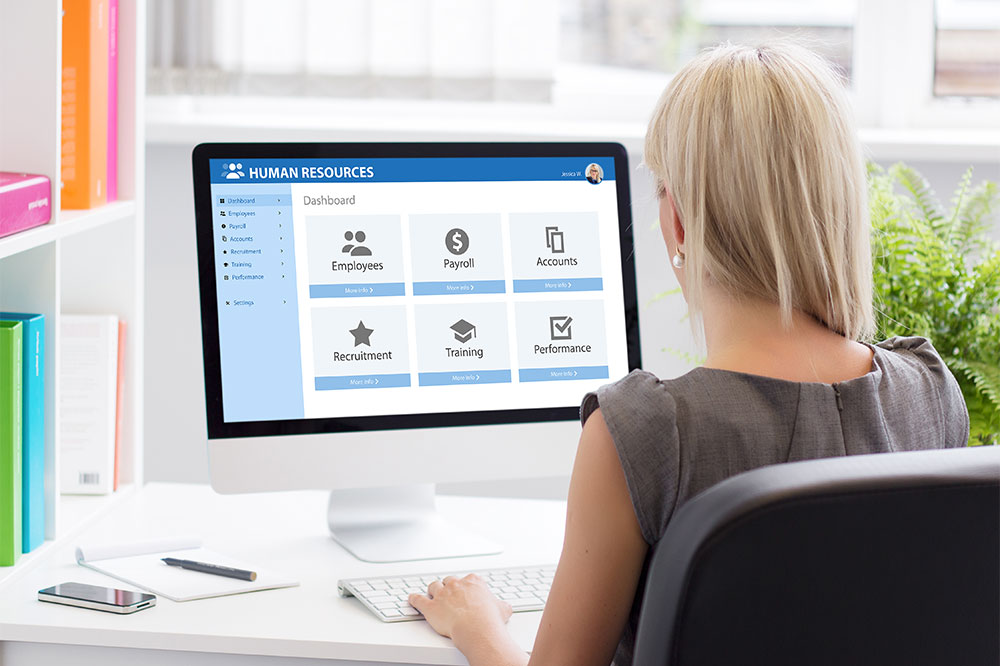In-Depth Guide to HR Payroll Software: Features, Benefits, and Implementation Strategies
This comprehensive guide explores the vital features and benefits of HR payroll software, detailing key implementation strategies that enhance compliance, accuracy, and efficiency for organizations of all sizes. Learn how modern payroll systems automate calculations, streamline workflows, and secure sensitive data to support business growth and employee satisfaction.

Exploring the Core Features and Advantages of Modern HR Payroll Systems
In today’s dynamic business environment, effectively managing employee compensation is crucial for operational success and compliance. HR payroll software has become an indispensable asset for organizations seeking to streamline their payroll processes while ensuring accuracy and adherence to legal standards. These sophisticated systems are designed to integrate seamlessly within existing HR and accounting infrastructures, automating a wide range of payroll tasks that traditionally required manual effort. This automation not only reduces the likelihood of errors but also accelerates the payroll cycle, allowing HR teams and finance departments to focus on strategic initiatives rather than routine calculations.
Modern payroll platforms are equipped with a broad spectrum of features that cater to diverse organizational needs. They facilitate comprehensive employee data management, including personal details, pay rates, tax information, benefits enrollment, and more. Additionally, these systems incorporate accurate time-tracking functionalities, allowing for efficient verification of worked hours, overtime, and leave records. Payroll approval workflows are streamlined to foster transparency and accountability, ensuring that each paycheck is reviewed and authorized before disbursement. The culmination of these processes is the prompt and precise transfer of funds through secure direct deposit options, minimizing delays and ensuring employee satisfaction.
Implementing robust payroll software requires careful planning. Organizations need to establish appropriate payroll policies aligned with local laws and company standards. This involves gathering detailed employee information, configuring tax deductions, benefit contributions, and compliance settings. Integration with time-tracking tools is essential for capturing accurate work hours, especially for organizations with varying shift patterns or remote employees. Additionally, setting up direct deposit arrangements is crucial for efficient salary distribution.
The key features of effective HR payroll systems are designed to automate and secure critical aspects of payroll management. Automatic deduction calculations are vital for accurately determining tax liabilities, social security contributions, insurance premiums, and retirement plan payments, ensuring compliance with statutory requirements. Secure storage of payslips and payroll records safeguards employee data and facilitates easy retrieval for audits or inquiries. Real-time analytics and reporting capabilities provide insights into payroll expenses, tax obligations, and compliance status, aiding strategic decision-making.
Several leading HR payroll solutions have gained prominence due to their reliability and versatility. Runtime, a cloud-based payroll platform, offers an intuitive interface for managing employee data, automating payroll processing, and ensuring compliance effortlessly. Its scalable architecture makes it suitable for organizations of various sizes, from startups to large corporations. Darwinbox caters to large enterprises, providing real-time analytics, compliance assurance, and comprehensive integration capabilities. It supports complex payroll configurations required by multinational organizations, including multi-currency support and local tax compliance.
Choosing the right payroll software depends on organizational size, industry requirements, compliance obligations, and integration needs. Conducting a thorough needs assessment and evaluating software features ensures alignment with business goals. Transitioning to a new system should involve training for HR personnel and IT support teams to maximize usability and security. Continuous updates and support are also critical to adapt to changing regulations and technological advancements.
In conclusion, HR payroll software plays a vital role in achieving efficient, accurate, and compliant payroll processes for modern organizations. Investing in a suitable platform not only streamlines daily operations but also enhances transparency and employee trust, ultimately contributing to overall organizational success.





